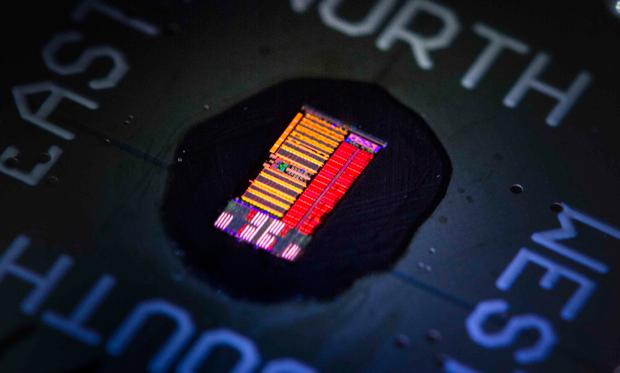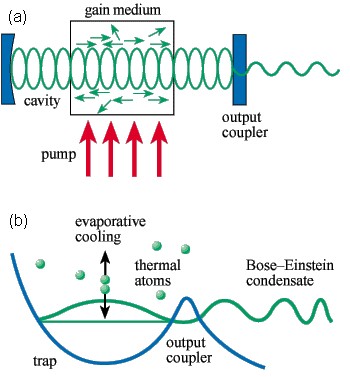Scientists have figured out how to use a laser to transmit audio, ranging from music to speech, to a person across a room without any receiver equipment — a potential breakthrough for the future of audio and communication.
“Our system can be used from some distance away to beam information directly to someone’s ear,” Massachusetts Institute of Technology research Charles M. Wynn said in a press release. “It is the first system that uses lasers that are fully safe for the eyes and skin to localize an audible signal to a particular person in any setting.”








